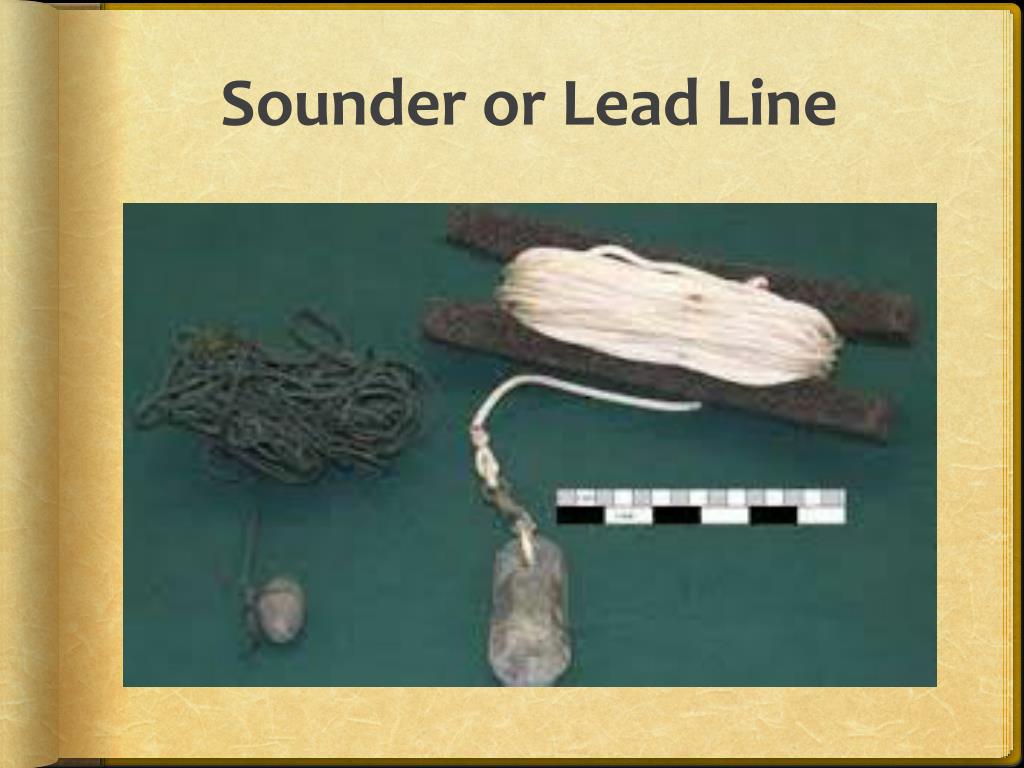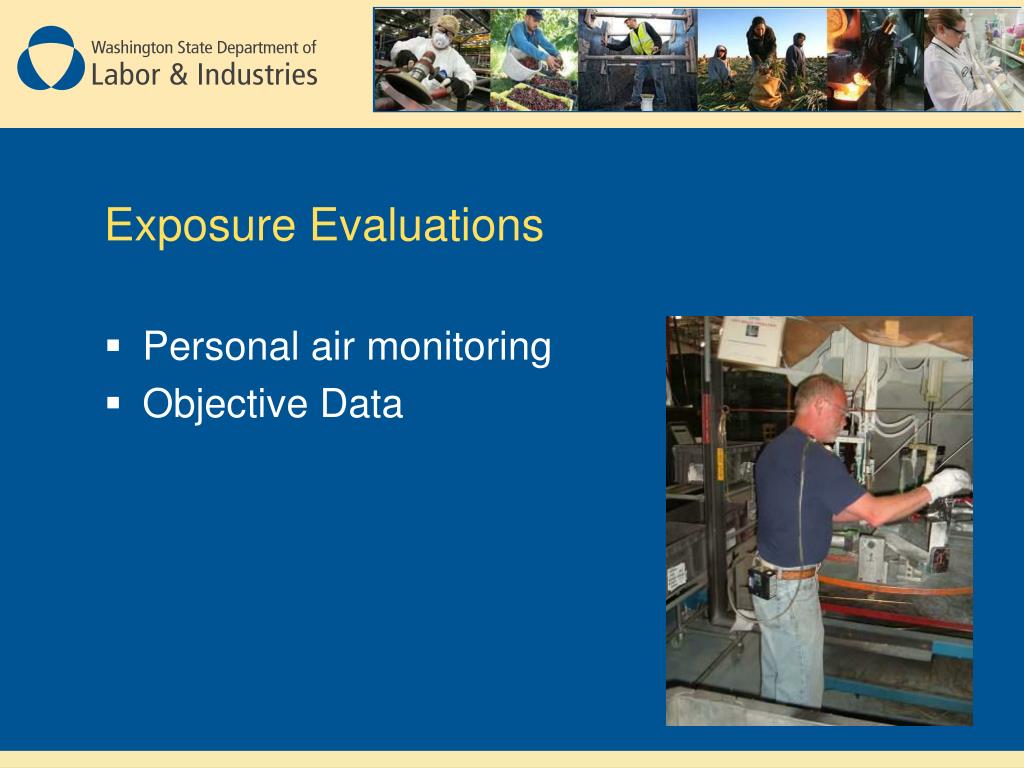


Phil Maffetone) are forms of sub-maximal endurance training that help build aerobic fitness while minimising stress on the body. Zone 2 Training: AKA Aerobic Base or MAF Training (after Dr.These zones range from zone 0 (at rest or sedentary) up to zones 5-6 (nearing maximum intensity or all out effort).

Training Zones: The intensity of training can be split into ‘training zones’, which reflect our level of exertion based on a percentage of our max heart rate.Whether you’re an aspiring triathlete or a weekend warrior, hopefully you’ll find something useful below that you can apply to your own movement practice. Not just in promoting health and longevity, but in establishing a strong underlying aerobic base for athletic performance. This doesn’t mean I’m anti high-intensity training – it definitely has its place.īut in this article, I want to highlight the equally important role of slowing down with zone 2 cardio. One of my underlying goals here at Hero Movement is to explore and share training methods and habits that are sustainable.Īlongside mobility training and other restorative practices, that’s where long duration, low intensity aerobic work – aka zone 2 training – comes into play. “The wise man built his house upon the rock”. Plodding your way through a zone 2 cardio workout without breathing heavy doesn’t sound as hardcore as blasting a high intensity Tabata session and finishing in a pool of your own blood, sweat and tears…


 0 kommentar(er)
0 kommentar(er)
